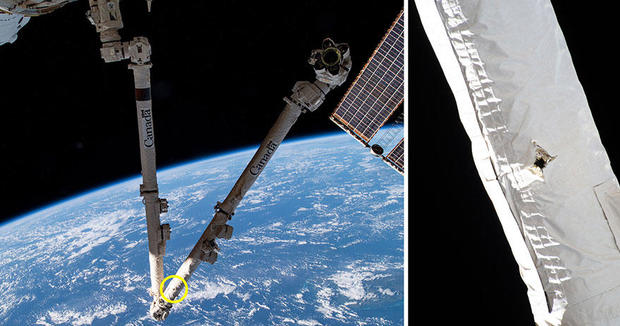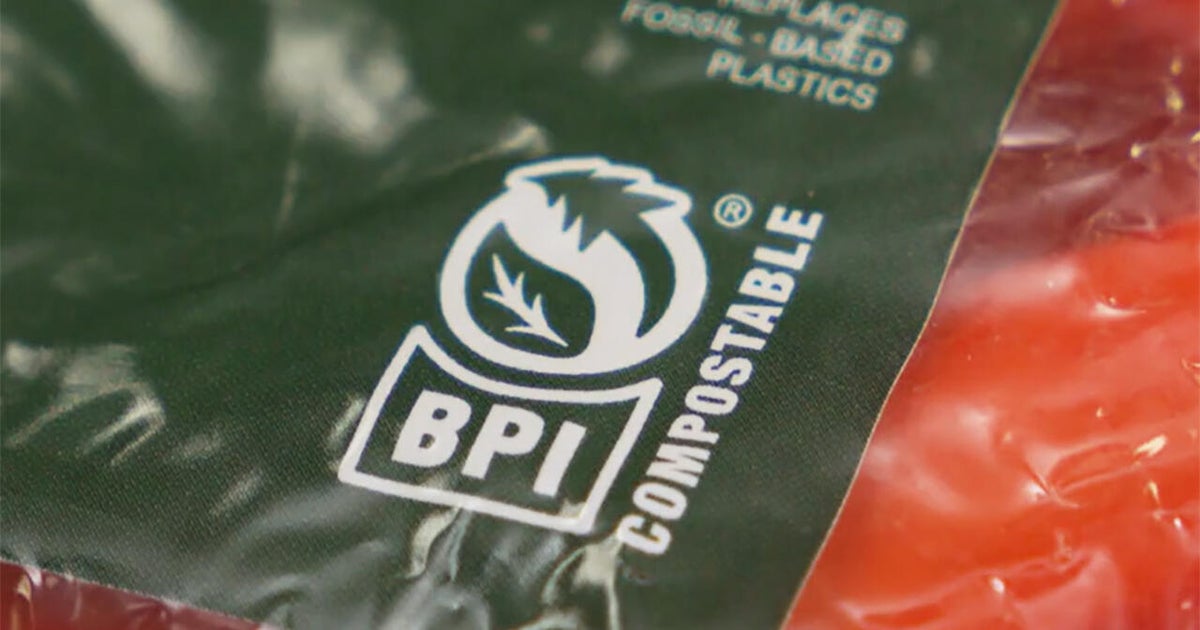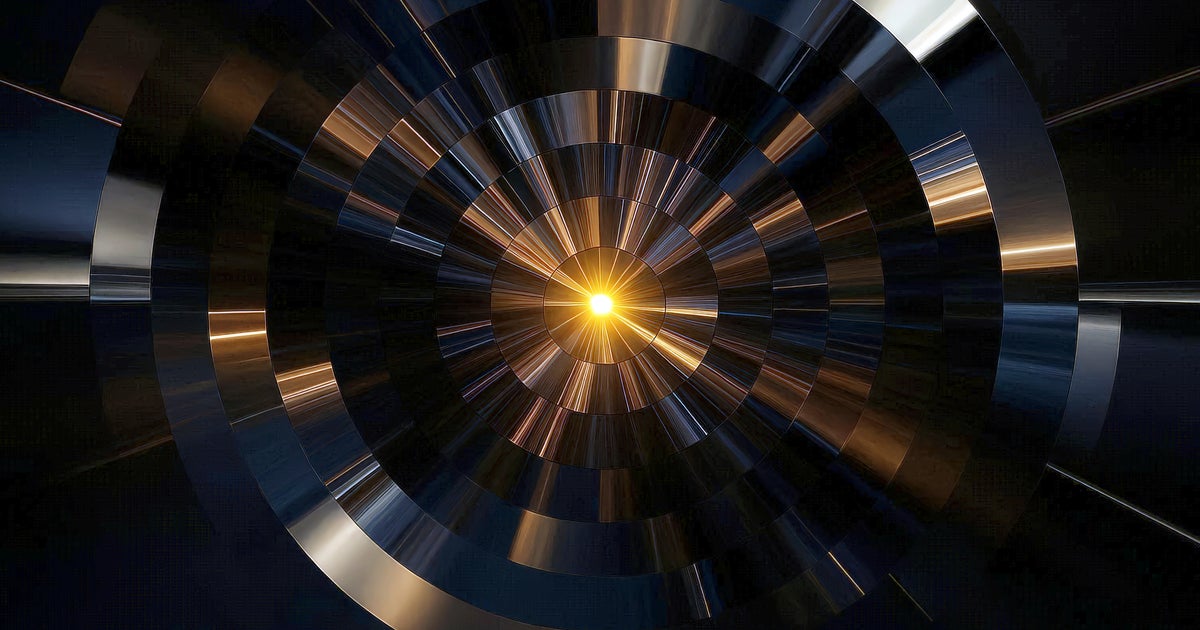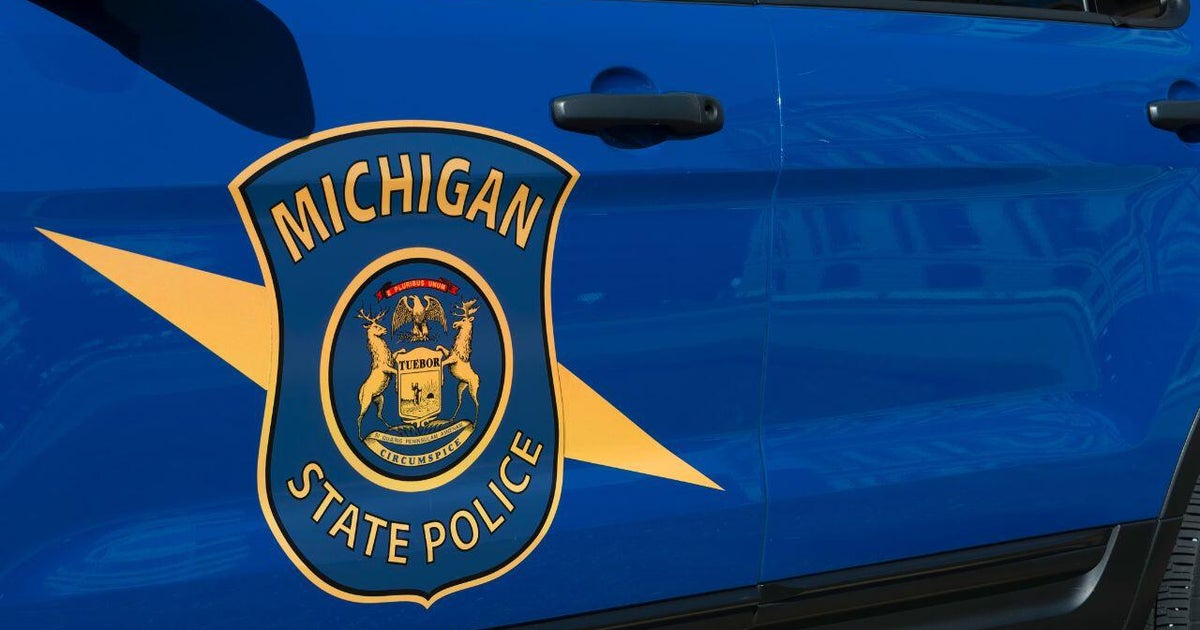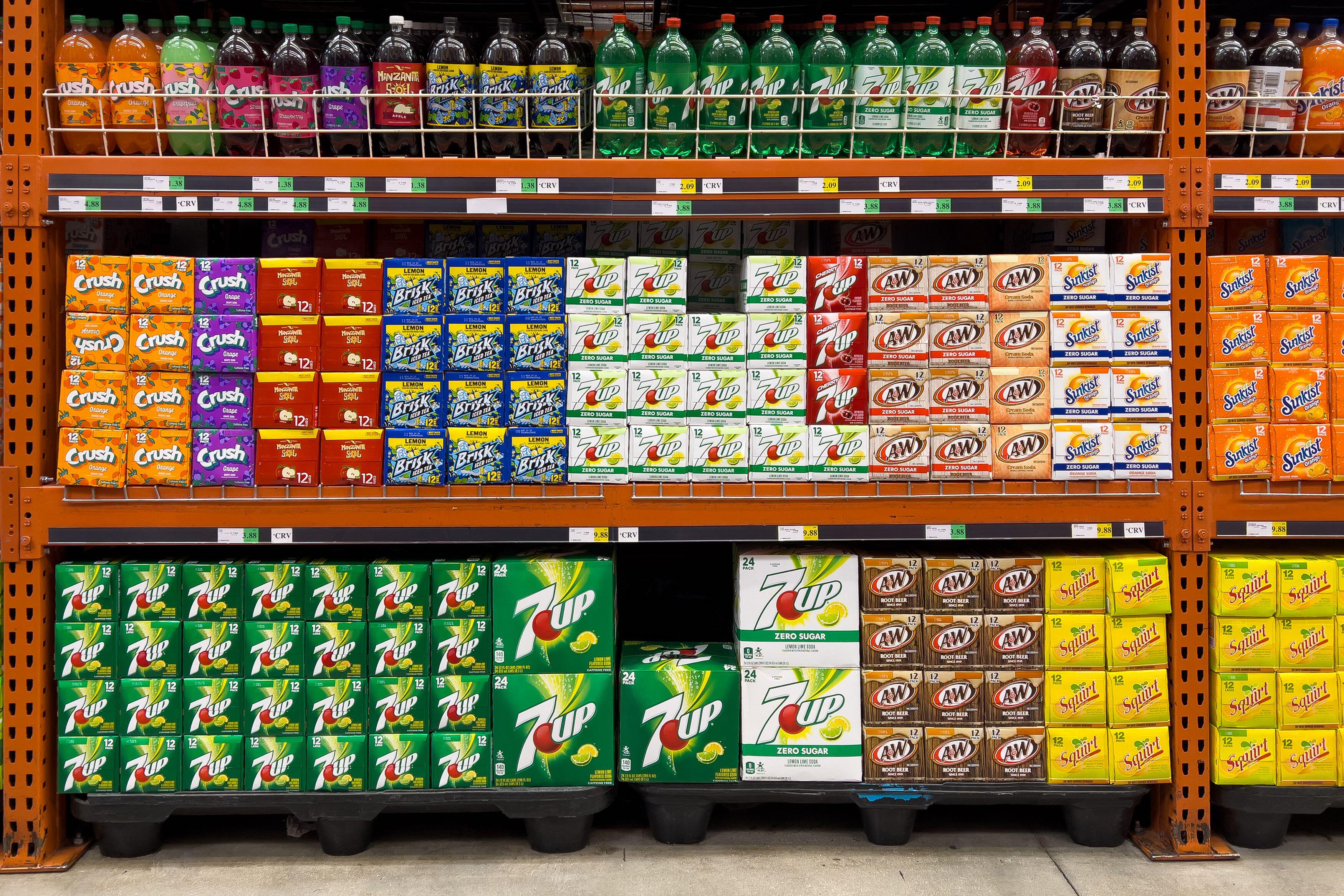Clearing the heavens of space junk
If you're going to be a character in a space movie, like "Space Cowboys" or "Gravity," you've got to watch out for space junk; everybody knows that. But what not everyone knows is that that plot twist isn't fiction anymore.
"I got a call from my chief satellite officer, he said, 'We've lost track of our satellite vehicle number 33 somewhere over Siberia; it may have been hit by something,'" recalled Matt Desch, the CEO of Iridium, whose 66 satellites provide voice and data connections for governments, companies, air traffic and shipping.
In 2009, a defunct Russian satellite crashed into one of Iridium's.
Correspondent David Pogue asked Desch, "So, how bad was the damage?"
"Well, it completely took out our satellite," he replied.
The Iridium disaster was a wake-up call for the space industry. "There's estimated to be, like, 130 million tiny pieces smaller than the size of your thumb out there," said Desch. "And at 17,000 miles an hour, they can do damage."
The litter in low Earth orbit has become a constant danger to the International Space Station. In May, astronauts there discovered a hole in the station's giant robotic arm. Fortunately, the arm still works, but it was a lucky strike … THIS time.
"The Air Force, the Space Force, are constantly monitoring the debris in low Earth orbit," said astronaut Mike Hopkins in April while he was aboard the Space Station. "Sometimes we have to move the Station, sometimes we don't. So, it is [constantly] something that we're always worrying about up here, and something that we have to be mindful of."
And if there's no time to move the Space Station? According to astronaut Peggy Whitson, who has spent more time in space than any American, "Then you have to take shelter, get in basically your rescue vehicle, and be prepared to depart the station.
"My second flight, I think we had to do one debris avoidance maneuver, and we did three or four on my last one. There's a greatly increasing number of objects out there."
John Crassidis is a professor at the University at Buffalo who specializes in space debris. "There's an old saying that space is big. Not anymore. It's getting smaller and smaller by the day!" he laughed.
Like many experts, Crassidis is worried about the Kessler Syndrome. "In 1978 Donald Kessler was an engineer at NASA," he said. "And he predicted that debris would hit other debris, which would cause more debris. I think in 50 years, if we don't do something, the probability of collision's gonna be so great that it's not even worth putting satellites up there. We definitely don't wanna do that."
"So, what are the proposals for cleaning up our act up there?" asked Pogue.
"There are many proposals right now," said Crassidis. "Unfortunately, none of them are feasible."
But that doesn't mean people aren't trying. In 2018, an experimental European satellite called the RemoveDEBRIS successfully ensnared a fake piece of debris in a net; and a startup called Astroscale has devised several approaches to cleaning up space junk.
"None of us think that this is gonna be easy, but we all know it has to be done," said Chris Blackerby, Astroscale's chief operating officer.
In March, the company launched a satellite, called ELSA-d, that's designed to capture any piece of space junk that's been fitted with a special magnetic plate. This summer, it will try to grab a fake dead satellite.
"There's an arm that's going to extend out that has magnets on the end of it, and it's gonna go and attach to that satellite," Blackerby said.
Pogue asked, "But even if you can get all the technology to work, and even if you can figure out a way to pay for it, how much of the problem can Astroscale really fix?"
"We're never gonna remove every piece of debris," Blackerby replied. "But we think that we can put a significant reduction on the risk of future operations in orbit by taking these steps."
Iridium's Matt Desch isn't convinced by those efforts: "Technology can help. Unfortunately, it can't help soon, and it can't help in a big way. There's really no business case for that in the near-term to make a big dent into space."
Meanwhile, our primary satellite traffic lanes are about to get a lot more crowded. Companies like Elon Musk's Starlink are in the process of launching mega-constellations – thousands of tiny satellites – designed to provide internet service all over the world.
Desch said, "Many other governments in the world have plans to create their own mega-constellations. And there aren't rules of the road for all of us to work together effectively. I mean, there's not even the simplest thing of ensuring that people don't fly at the same altitude. You're just asking for problems."
Pogue asked, "If you could wave your magic wand and solve the problem, what would the pieces of that solution look like?"
"We think the most important thing is, don't create any more [debris] while we're still trying to figure out a technical solution for it," said Desch. "So, if you have a problem with a satellite, don't launch another one.
"Another thing that's really important is that there has to be a lot more cooperation and coordination between everyone who is in space. Everybody has to communicate the information. You can imagine perhaps the Russians and Chinese have a problem coordinating, giving all the information about their satellite locations to the U.S. Air Force."
"In a way, this is sort of an age-old, human story," said Pogue. "Whether it's us dumping plastic, or us dumping chemicals, or us burning fossil fuels, we don't really think through the detritus that we leave behind."
"You're right," Desch said. "I mean, it's the so-called tragedy of the commons. Low-Earth orbit is a global resource that we all have to protect for the future, 'cause we don't get another one."
For more info:
- Iridium Satellite Communications
- International Space Station (NASA)
- Micrometeoroids and Orbital Debris (MMOD)
- ARES Orbital Debris Program Office (NASA)
- John Crassidis, Department of Mechanical and Aerospace Engineering, University at Buffalo
- RemoveDEBRIS Mission (University of Surrey)
- Astroscale
- ELSA-d (Astrocale)
Story produced by Amol Mhatre. Editor: Ed Givnish.
